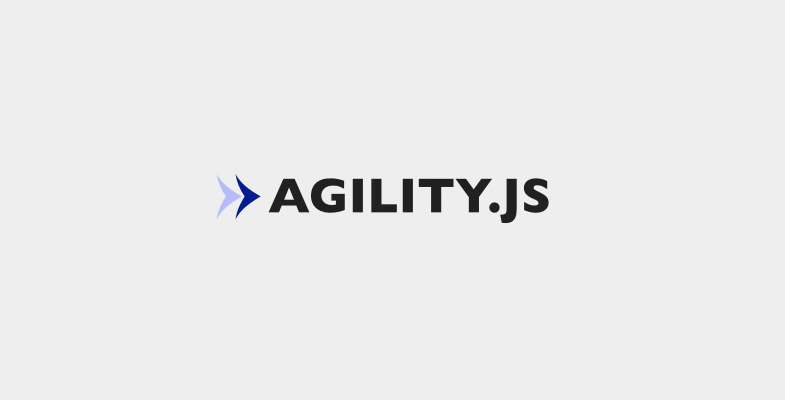
JavaScript is currently one of the most popular programming languages that is used on the web today. It was not very popular in the beginning, because it was not designed for server side programming. Because of it being mainly focused on designing User Interfaces, a lot of developers, particularly those that are already professionals, thought that it was best for inexperienced developers. Now that User Experience has become an important part of web development, JavaScript’s popularity has started increasing. There are so many devices, other than the desktop, that are being used to access the same content on the web, which is why User Experience is important in web development and the reason why JavaScript is being used so much today. Now that HTML5 and CSS3 are on the rise, websites being created are more adaptive and responsive and JavaScript is helping a lot in this.
There are a few libraries and frameworks that help in structuring JavaScript applications. The MV* are libraries which implement MVP and MVVM Patterns. Some of the latest ones include:
1. Backbone.js

This framework offers models with key-value bindings, custom events, collections, and connects all these to your existing API over a RESTful JSON interface. It is a light weight JavaScript library that is designed for supporting single page web apps. It has a dependency on the UnderscoreJS library, which provides a usefulness function for the common JavaScript tasks. With it, your data will be represented as models, which can be created, validated and then saved to the server. Views will display the state of the model and it can re-render itself when a change is triggered through a change in the event. Backbone is, therefore, very important as it provides a structured approach in keeping the data in-sync with the HTML UI.
2. Angular.JS

This is basically a toolset that is based on extending the HTML vocabulary for your applications. It gives the user the ability to create custom HTML tags. Reusable components in Angular which are called directives are very powerful and they can help you create your own semantic reusable HTML syntax. Angular is also fast in that it modifies the page DOM directly instead of adding inner HTML code. There are many different ways that you can do the same things with Angular, therefore the framework is able to accommodate to particular expansion styles and tasks.
3. Ember.JS

Ember.JS is a JavaScript Framework that is used to create ambitious web applications. It provides templates that are written in the Handlebars Templating language, views, models as well as a router. These Handlebars templates are usually auto-updated therefore your HTML stays up to date at all times even when the underlying model changes. To get started with Ember.JS, you will not need to write any JavaScript. This is the platform that will give you the best experience with the future on the web platform, thanks to Ember’s components. Its components allow the user to create their own HTML tags that are specific to the application they are working on.
4. Knockout.JS

This is another popular JavaScript Library that aims to simplify JavaScript UIs through application of MVVM pattern. The creation of complex data-based UIs is highly simplified using Knockout. This library is able to do this all alone, or with the help of other libraries like jQuery. What it does best is to connect UI elements to a basic data model that has been defined as a JavaScript object so that in case there are changes that have been made to the UI, the model will be updated automatically.
5. Agility.JS

This framework lets you write browser codes that are easy to maintain and those that can be reused without the infrastructure overhead found in other libraries. It helps the developers write web applications much faster, the same way you do with jQuery, but at the same time makes the long-term maintainability through objects available in MVC simpler. Agility totally supports the writing of your entire code in JavaScript, though it does not really require JavaScript. It works with a single object type, which includes a full model-view organizer stack.
6. Can.JS

This is a developing set of client side JavaScript architectural libraries that is improving so much these days. Its main aim is to balance innovation and stability, which is to strike a balance between the size, ease, speed, safety and flexibility of a web application. This is the best library to use by experienced web developers who are already dealing with very complex applications, those who have so many other projects to work on ahead of them. Can.JS is comprised of independent packages and modules, which are organized within collections. Some of these are can-compute, can-define, can-set, can-connect, can-stache, an-component, can-stache-bindings, can-route among others.
7. Spine

Are you looking to build awesome JavaScript applications that are not just great looking but also with the best UI? Spine is a very simple and lightweight JavaScript framework whose aim is to help web developers end up with a very friendly documentation for any available framework. It does not have any huge amount of complicated widgets in order to be configured and themed. The good thing about Spine is that it is smaller compared to some of the available libraries, it does not have collections and one must use an ID for object identifiers.
Because of the benefits they present, JavaScript MV* frameworks are what web developers should think of today in order to create web designs and applications that provide the best user experience. All the frameworks here are good in their own sense; you just have to go for what you prefer depending on the kind of project you are working on. Other than the benefits you get to enjoy, think of community support, their future usage and market penetration in order to always work with a framework that is the actual winner in the industry.

